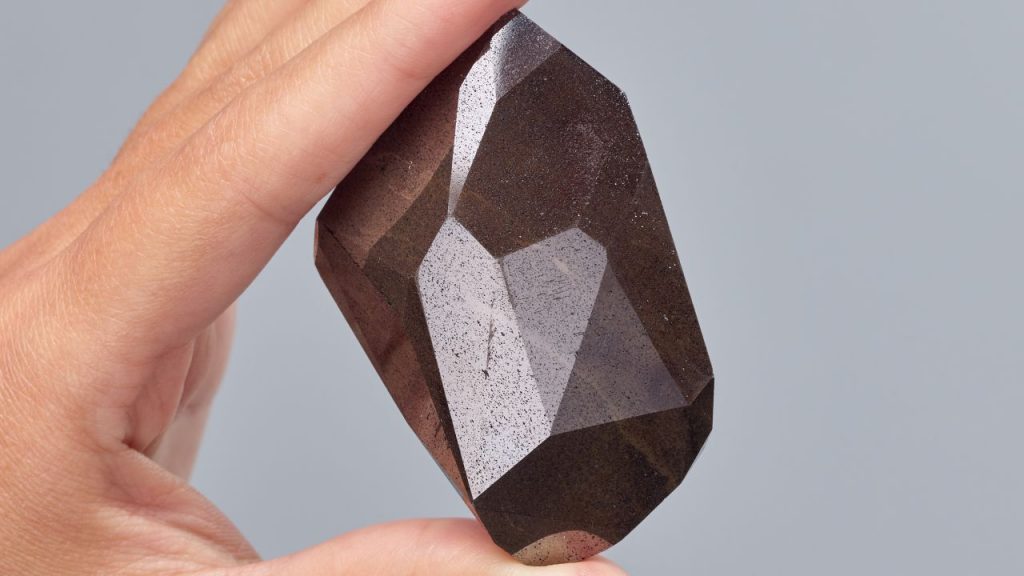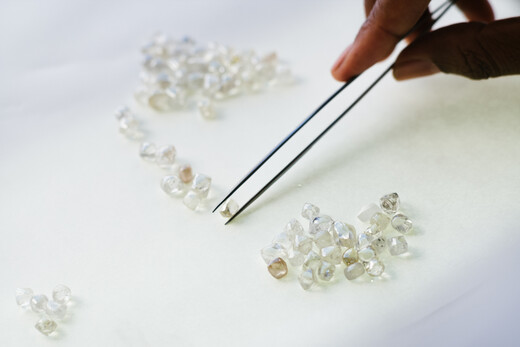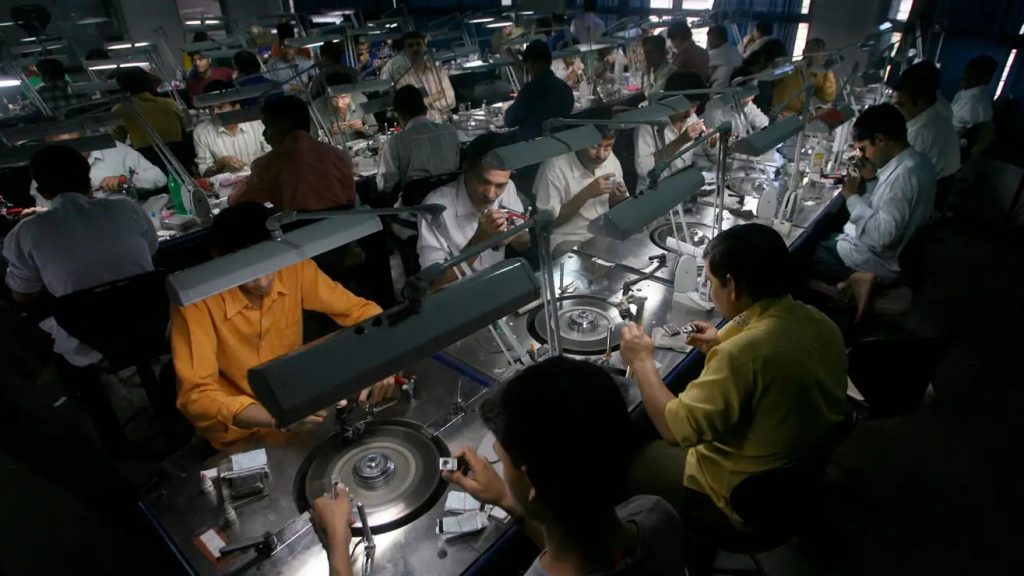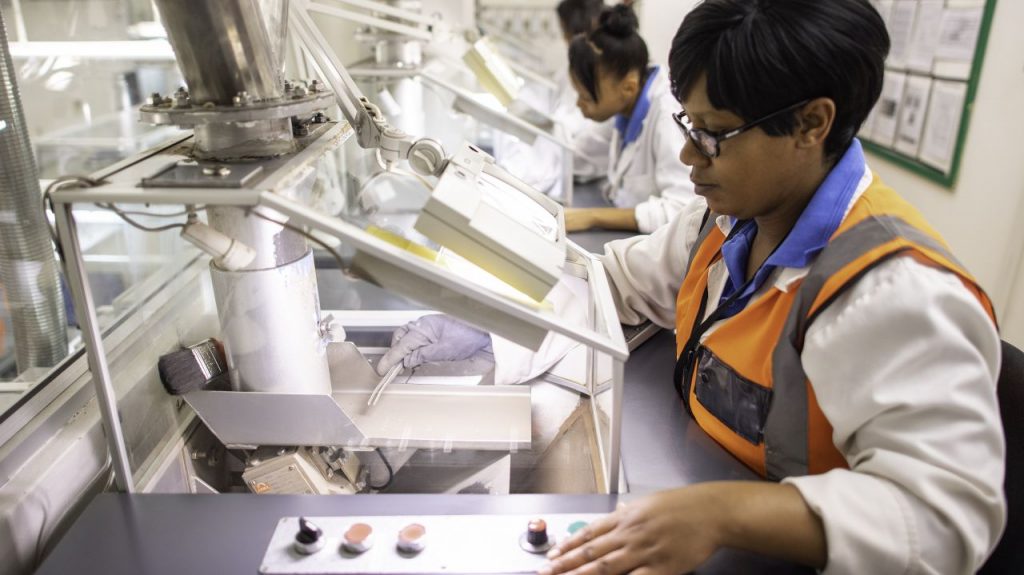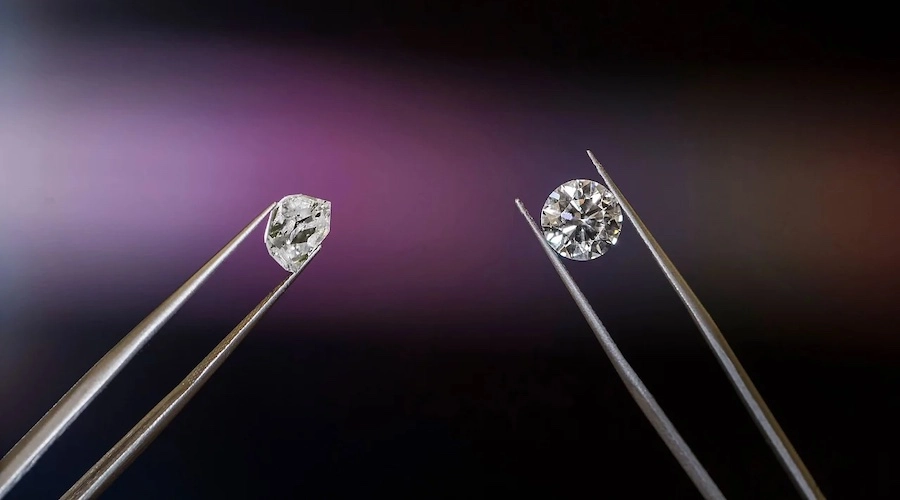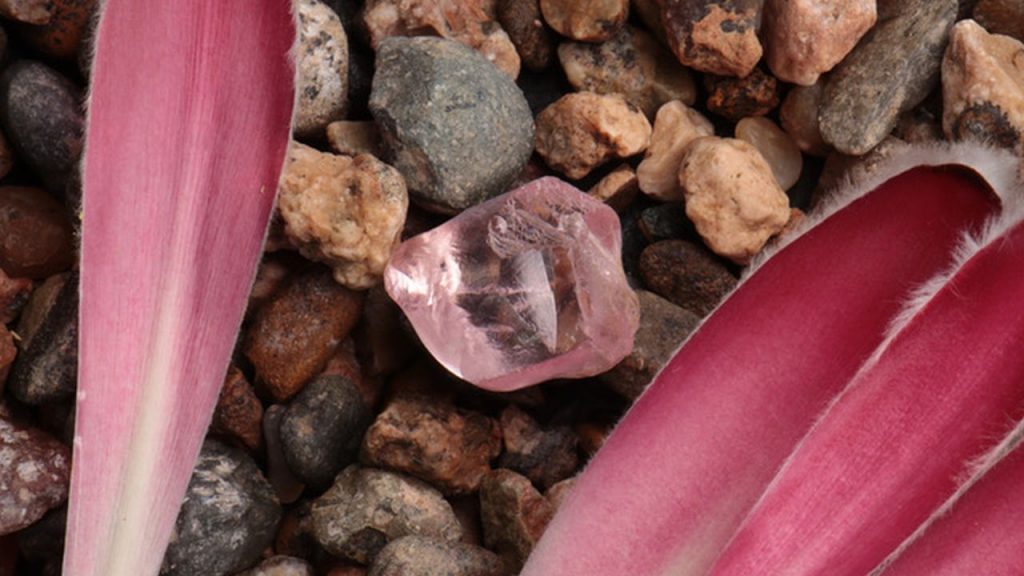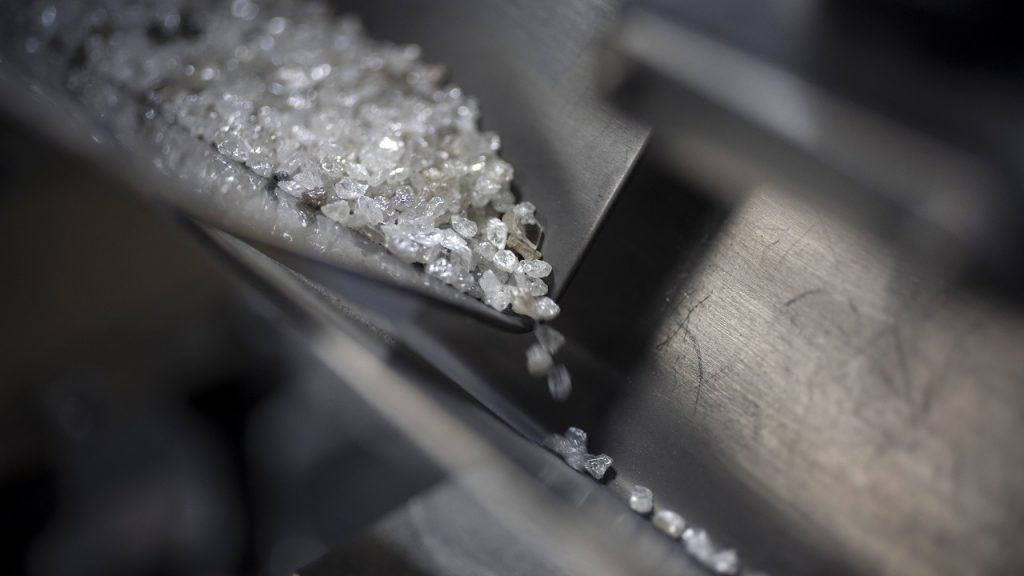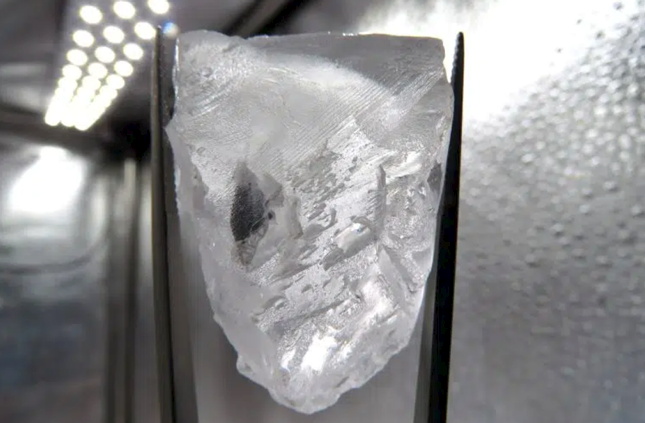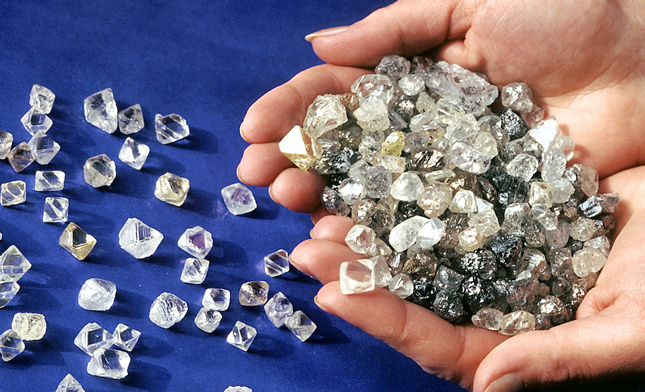
The US has reportedly blocked $26m of payments made by Indian businesses attempting to buy rough diamonds from Russia.
OFAC, the Office of Foreign Assets Control, is said to have instructed banks in recent months to halt the transfer of funds, mostly from UAE subsidiaries of Indian companies.
Neither India nor the UAE has sanctioned rough diamonds from Russia. The US has, although its ban does not apply to diamonds cut and polished outside Russia.
Leaders of the G7 nations concluded their summit in Hiroshima, Japan, in May without the clear mandate to fully sanction Russian diamonds that many had expected.
The US is believed to have halted the bank transfers over suspicions they were being made to sanctioned entities in Russia, but industry representatives in India insist otherwise.
The Gem & Jewellery Export Promotion Council (GJEPC) is lobbying the Indian Ministry of Commerce and the Indian embassy in the UAE to resolve matters.
Vipul Shah, chairman of the Gem and Jewellery Export Promotion Council (GJEPC), told Economic Times: “We are trying to explain to OFAC that the payments were made to non-sanctioned entities and even to some Russian entities well before the sanctions came into place. There is very little direct import of diamonds from Russia.”
The $26m of blocked purchases represent only a small proportion of the average $1.3bn of rough a month that India has been importing from all sources (GJEPC figures for April to June).
Source: IDEX
